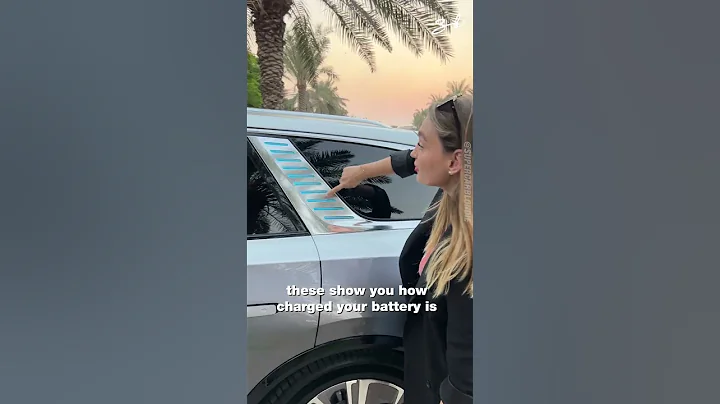01. Novice drivers drive less in icy and snowy weather, especially on icy roads, the driving situation is more complicated. (Not discriminating against novice drivers!)
02. After parking at night, cover the front windshield with a piece of cloth. You can't bear to use cloth and newspapers. Local tyrants have garage parking spaces.
03. If the tire is still at standard pressure, let it rest assured, if it is 2.5MPa, then reduce it to 2 to increase the area of the tire crown contact road.
04. In the morning, the car must be warmed to a water temperature above 60 degrees, and the warm air of the car should be directed at the front windshield; please also turn on the heating of the rear window glass. (The vehicle covered by ice and snow will be thawed to the greatest extent!)
05. If there is snow on the front windshield, it must be removed. Don't rely on the wiper to wipe hard, the wiper is not so hard.
06. Some car doors may freeze and cannot be opened, and cannot be pulled hard. Pulling cannot be opened and the door handle will be broken. Slowly pour hot water into the door handles and cracks. (Pay attention to the amount, don’t pour too much!)
07. In the morning, whether there is snow or not, you must start slowly. Step on the brakes lightly on a safe section, because the friction lining of the disc brake may have been frozen with the brake disc and hardened. The friction plate may come off.
08. Keep a safe distance on the road. The safe distance should be more than four times the usual. The speed should be controlled at about 20-30 kilometers. The speed should be controlled by the accelerator. Don’t increase the accelerator. Don’t step on the brakes on icy roads. You will collapse when you brake, and the car will accelerate to the obstacle. At this time, the car will spin on the road in the direction of steering, and an accident will happen.
09. Try to avoid sloped roads, such as bridge decks, tunnel entrances, elevated roads, etc. The car will slip and fail to go up on this section of the road, and accidents are extremely likely to occur.
10. The two rear-view mirrors are farther than the usual visual distance. When you see other cars quickly catching up, you will slowly step on the brakes.
11. If the snow stops, flush the car immediately. Your car paint is free of salt and dust.
12. When you are in a hurry for long distances, mountainous areas or complex road conditions, prepare snow chains.
Finally, car owners pay attention, in extreme weather, don't go out without going out! If you must go out, try your best to choose public transportation, subway, and walking. When you have to use the car, please keep in mind the precautions for driving in snow and drive safely and smoothly!











